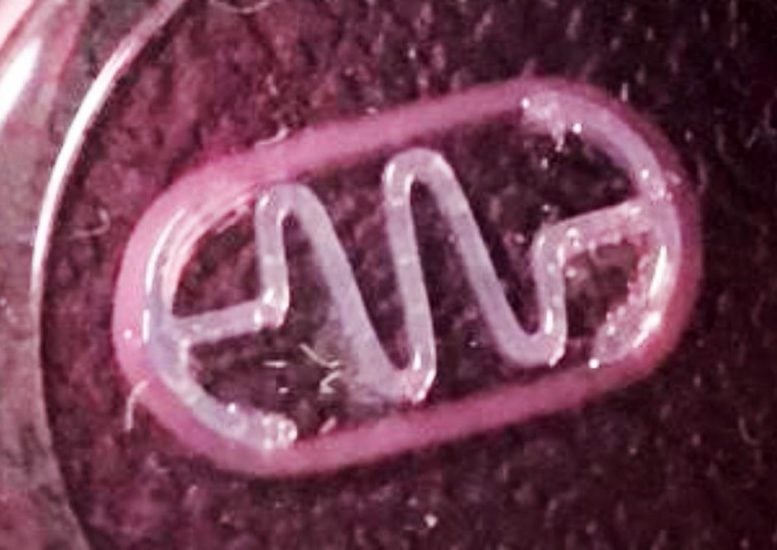
Top view of a biobot, consisting of a muscle cell-laden hydrogel and a spring-like skeleton. Credit: IBEC
Robotics field aims at mimicking what natural biological entities have achieved throughout millennia of evolution — actions like moving, adapting to the environment, or sensing. Beyond traditional rigid robots, the field of soft robotics has recently emerged using compliant, flexible materials capable of adapting to their environment more efficiently than rigid ones. With this goal in mind, scientists have been working for years in the so-called biohybrid robots or biobots, generally composed of muscle tissue, either cardiac or skeletal, and an artificial scaffold, achieving crawling, grasping, or swimming living robots. Unfortunately, current biobots were far from emulating the performance of natural entities in terms of mobility and strength.
Now, researchers at the Institute for Bioengineering of Catalonia (IBEC) led by ICREA Research Professor Samuel Sanchez have overcome both challenges and achieved a breakthrough in the field of biobots by using bioengineering tools. Sanchez and his colleagues at IBEC have applied 3D bioprinting and engineering design for the development of biobots at the cm. range that can swim and coast like fishes, with unprecedented velocities. The key: to use the spontaneous contraction of muscle cells-based materials with a very special compliant skeleton.
Self-training of IBEC Biobots through an engineered innovative skeleton:
While most of the researchers usually work with stiff or tethered scaffolds to prepare artificial robots, researchers at IBEC used biological robots based on a flexible serpentine spring made of a polymer called PDMS, which was designed and optimized via simulations and then printed using 3D technology. The advantage of this innovative scaffold lies in the improved training and development of the tissue through mechanical self-stimulation upon spontaneous contractions, which creates a feedback loop due to the restoring force of the spring. This self-training event leads to enhanced actuation and larger contraction force in the biobot performance. Such serpentine springs have not been included before in a soft robotic living system.
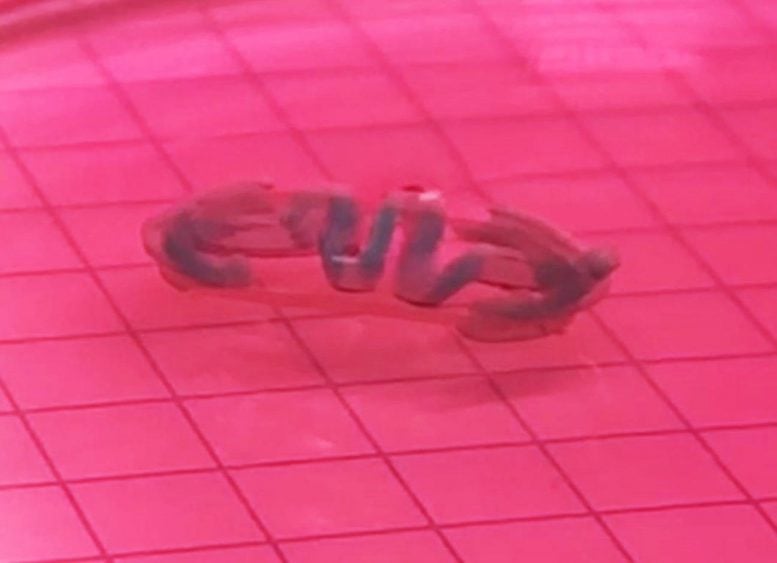
Side view of a swimming biobot developed at IBEC, consisting of a muscle cell-laden hydrogel and a spring-like skeleton. These biobots can self-train, showing surprising speed and strength. Credit: IBEC
“We bioengineered BIOBOTS composed of muscle cells that move like worms or fishes, react to electrical stimuli, and exert surprising forces and velocities thanks to their self-training with the 3D printed soft skeleton,” states Samuel Sanchez, ICREA Research Professor at IBEC.
IBEC Biobots swim at unprecedented speed and coast like fish:
Besides the capacity to “self-train,” biohybrid swimmer based on skeletal muscle cells developed by IBEC researchers moved at speeds 791x faster than the reported skeletal muscle-based biobots up to date, and comparable with other cardiomyocyte-based bioswimmers (based on heart cells).
“The enhanced forces resulting from the self-stimulation process made our biobots design the fastest swimming biohybrid robot up to today by 791x,” explains Maria Guix, first author of the paper.
But these new biobots were also able to perform other movements: they were able to coast when placed near the bottom surface, resembling the swimming style of certain fish near surfaces, such as the burst-and-coast behavior of zebrafishes, characterized by sporadic bursts followed by coasting phases.
The work of Sanchez, Guix and colleagues at IBEC open the door to a new generation of stronger and faster biological robots based on muscle cells, of interest both for environmental and drug delivery purposes, but also for the development of bionic prosthetics. In the biomedical field, the possibility of printing such 3D muscle models with human muscles, offers the opportunity to use such highly functional devices for medical platforms for drug testing.
Reference: “Biohybrid soft robots with self-stimulating skeletons” by Maria Guix, Rafael Mestre, Tania Patiño, Marco De Corato, Judith Fuentes, Giulia Zarpellon and Samuel Sánchez, 21 April 2021, Science Robotics.
DOI: 10.1126/scirobotics.abe7577



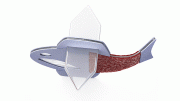
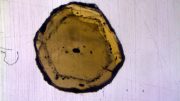


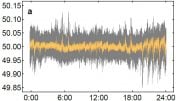
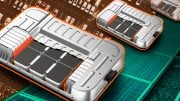
Be the first to comment on "Next Generation Swimming Biobots Can Self-Train, Showing Striking Speed and Strength"